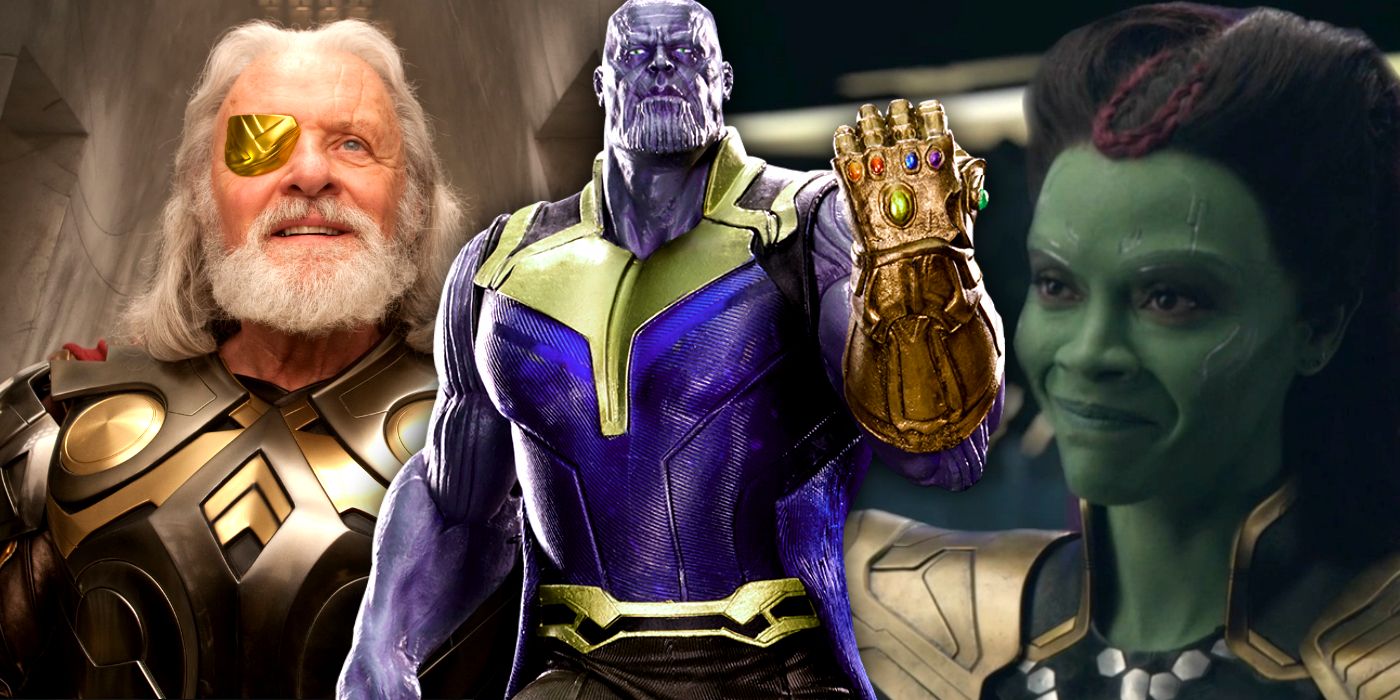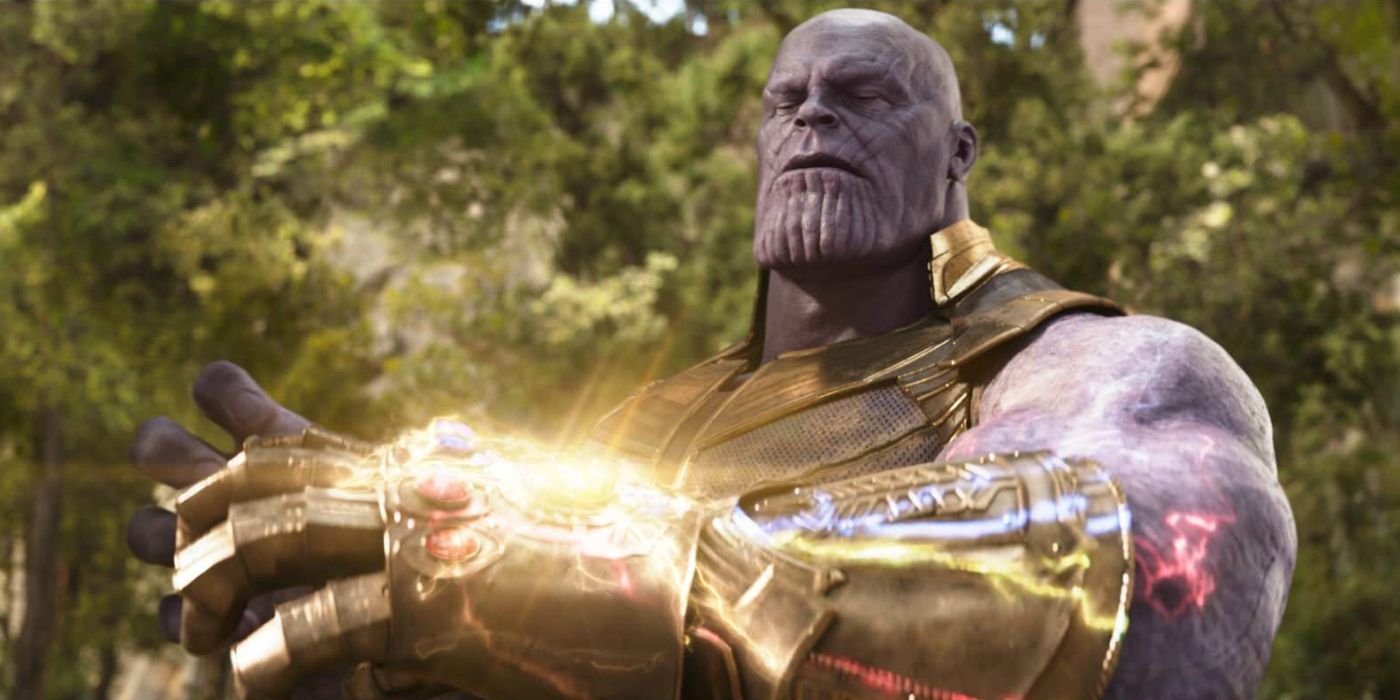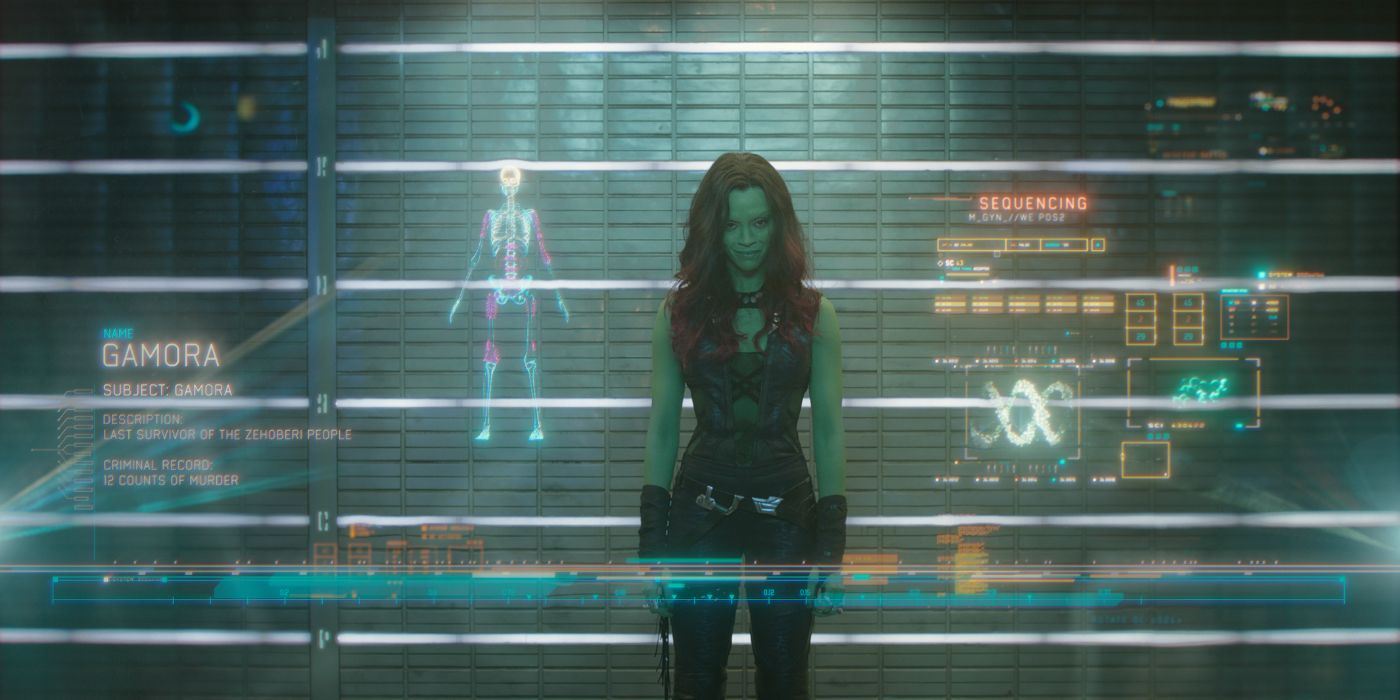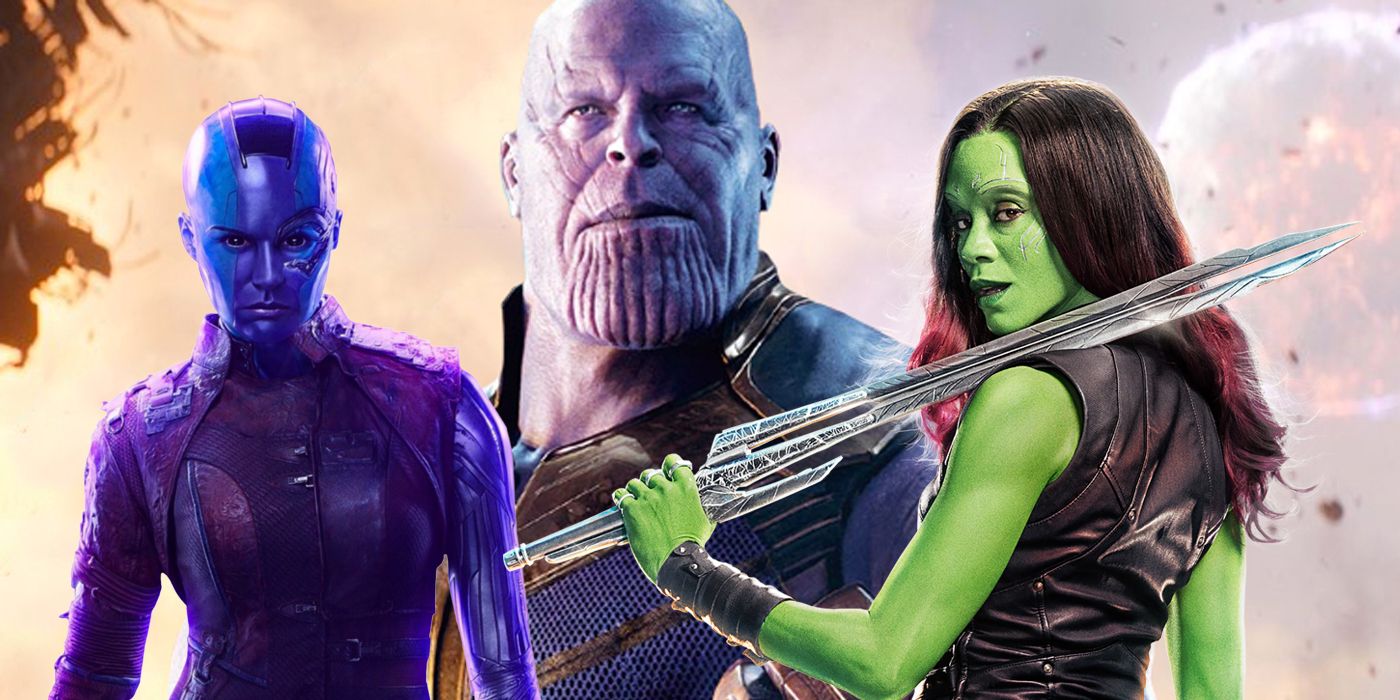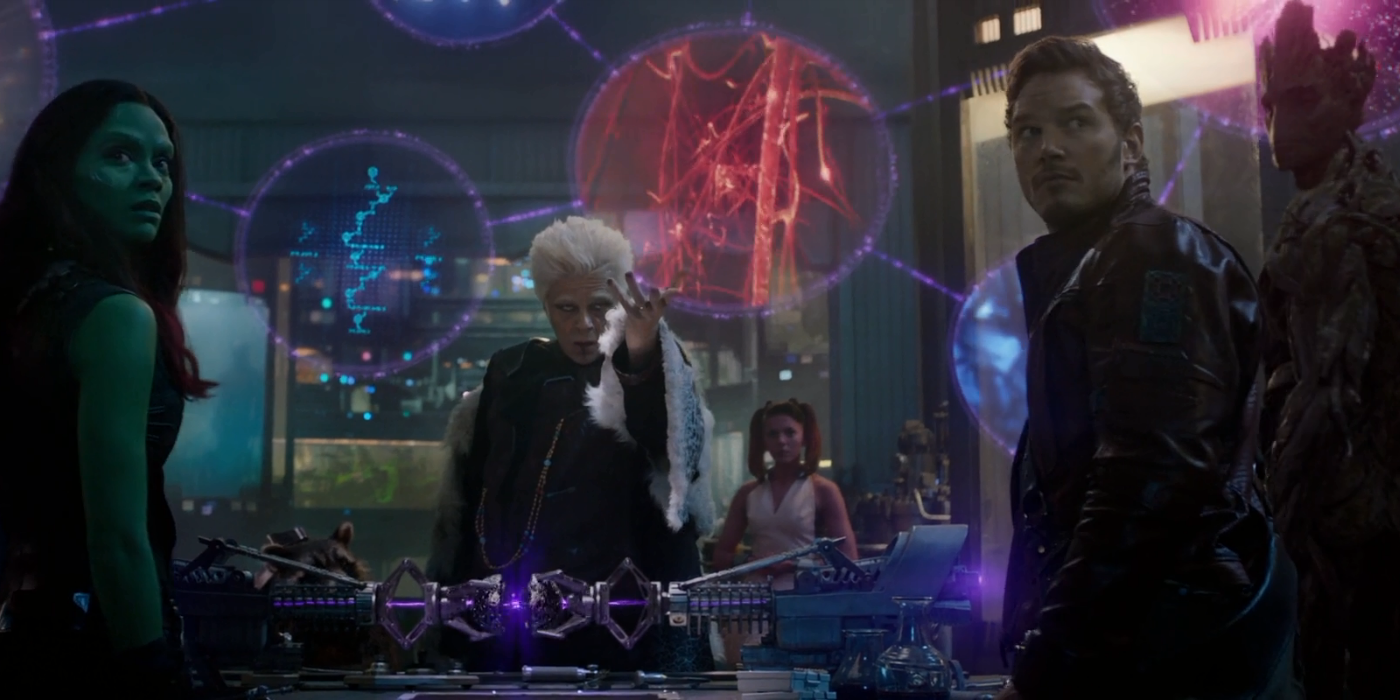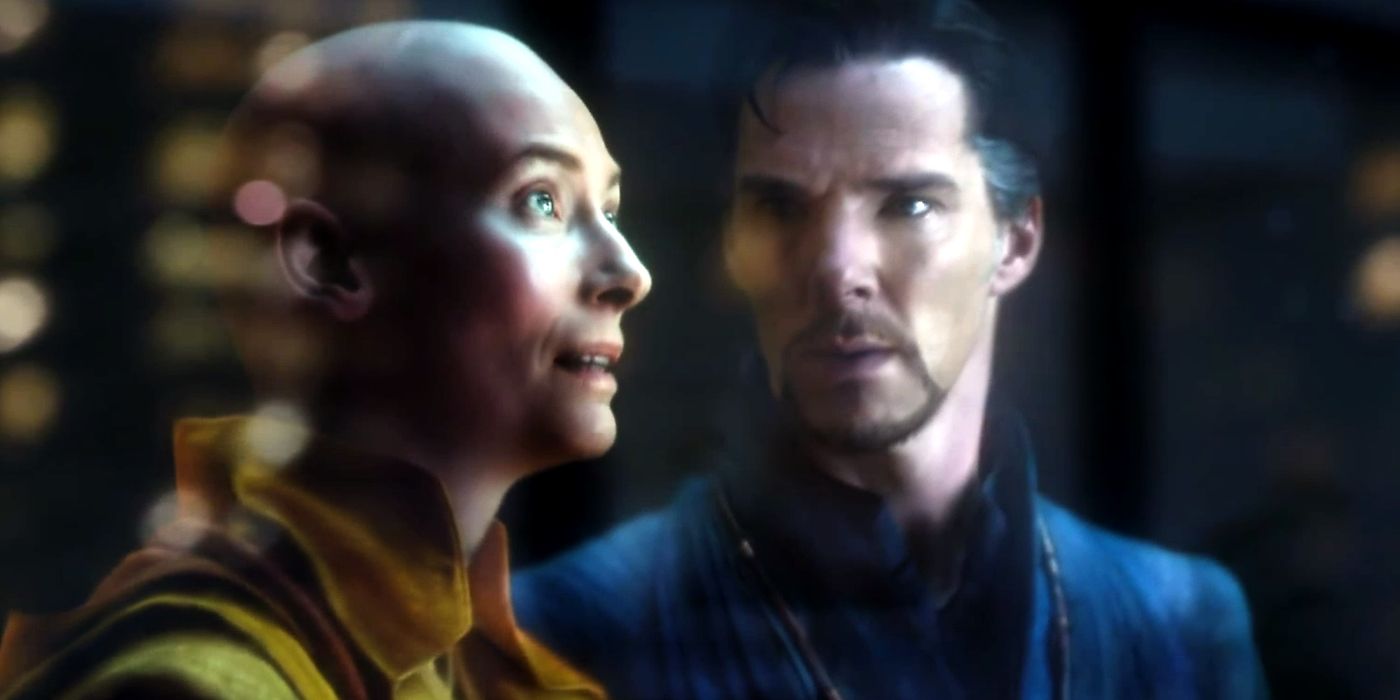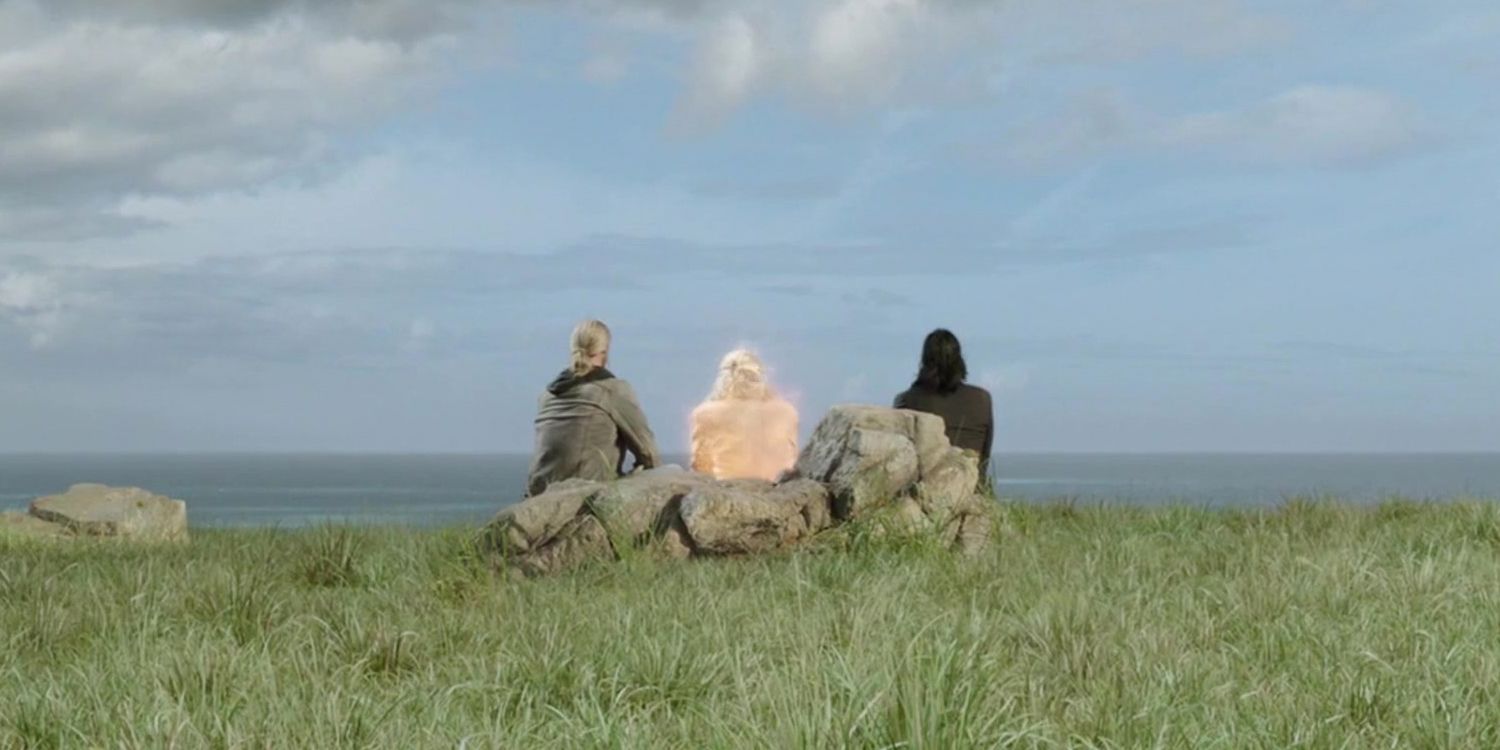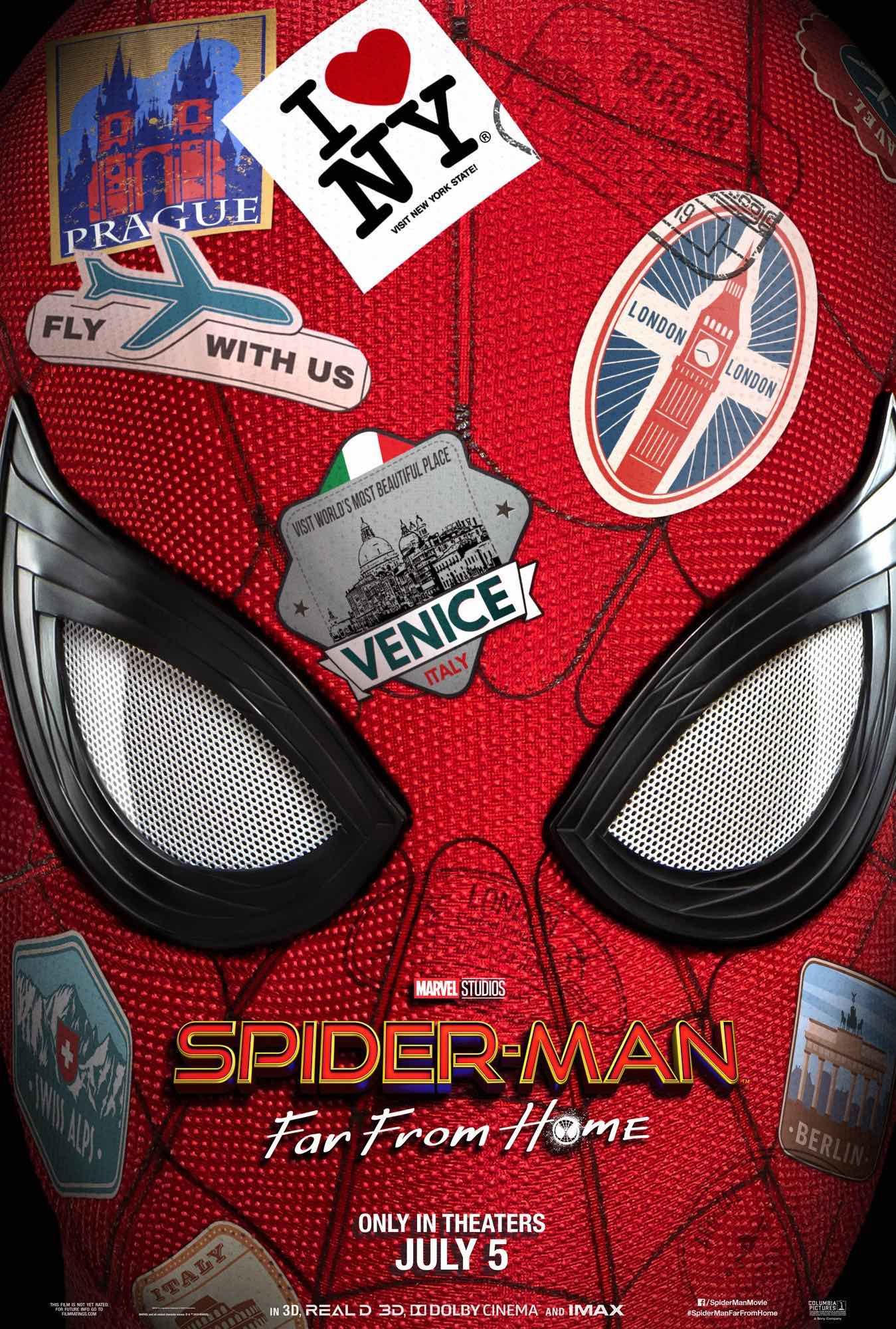The Marvel Cinematic Universe should have introduced Thanos in a very different way. Over the years, Marvel Studios has rightly developed a reputation for playing the long game. In truth, though, Marvel don't plan quite so far ahead as people think. Thanos was only introduced in the post-credits scene of The Avengers because Joss Whedon knew he needed Loki and The Other to be working for someone, and he's a fan of the Mad Titan from the comics. The director has openly admitted he had no idea at all how that would play out. It was around the same time that Marvel looked back at their Phase 1 stories and their preliminary scripts for Phase 2, and realized they had an awful lot of McGuffins that could be turned into Infinity Stones.
As things came together, Marvel focused most of their attention on the Infinity Stones, and precious little on Thanos himself. That's why there are such marked differences between the Thanos of The Avengers and Guardians of the Galaxy and the villain who stepped into the fore in Avengers: Infinity War. The earlier films imagined a far more comic-book-accurate Thanos, who wished to court Death by challenging the Avengers, and who had destroyed Gamora's entire species - not just killed off half the population of Zen-Whoberi.
Marvel didn't really start pinning down Thanos' character and motivations until 2015, when they hired Christopher Markus and Stephen McFeely to work on the script for Avengers: Infinity War and what would become Avengers: Endgame. As a result, there was very little that could be done about these issues. But let's imagine a scenario where they'd handled it differently, where they'd decided to lay the groundwork for their portrayal of Thanos just as much as for the Infinity Stones themselves. How could Thanos have been set up better, by making just the smallest possible adjustments to the MCU?
- This Page: Solving The Two Infinity Gauntlet Problem
- Page 2: Fixing Thanos (& The Soul Stone) In The Guardians of the Galaxy Movies
- Page 3: Making Doctor Strange & Thor: Ragnarok Important To Thanos
Odin's Infinity Gauntlet Should Have Been Thanos' Too
The Infinity Gauntlet is probably the MCU's biggest continuity problem. One scene in Thor showed the Frost Giants raiding Odin's Treasure Vault, aiming to take the Casket of Ancient Winters. In the background, visible for just a fraction of a second, there's a glimpse of the Infinity Gauntlet. It's worth remembering that Marvel displayed the contents of Odin's Vault at San Diego Comic-Con 2011, making objects like the Infinity Gauntlet an important part of the film's marketing. So while this seems like a blink-and-you'll-miss-it Easter egg, the truth is that Marvel shone something of a spotlight on it.
And then came the post-credits scene of Avengers: Age of Ultron, the moment when Marvel pretty much gave up on their established continuity. It shows Thanos donning the Infinity Gauntlet. "Fine," he fumed, "I'll do it myself." It was a strange scene; not only was it impossible to understand why Thanos had acquired the Infinity Gauntlet (which was now a left-handed glove), it didn't even fit with Age of Ultron's main narrative. It was unclear just why Ultron's failed attempt to wipe out humanity should inspire Thanos to get up off his chair and take action. Worse still, it was also impossible to work out quite what was supposed to be happening in the first place. McFeely and Markus said they weren't concerned with that scene when writing the script for Avengers: Infinity War, choosing to ignore it because they couldn't understand it. The Russo Brothers suggested that perhaps this was the moment when Thanos took the Gauntlet from Nidavellir. Eventually, Marvel half-addressed this by having Hela declare Odin's version a fake in Thor: Ragnarok.
Clearly any exercise to smarten up Marvel's continuity simply has to address this issue, and the easiest way is to have Thanos take the Infinity Gauntlet from Asgard. A subtle reference in Thor: The Dark World would remind viewers that Odin has possession of the Gauntlet; perhaps the scene with the Book of Yggdrasil could have been adjusted a little, so he took his son and Jane Foster into his vaults in order to open the forbidden book and explain the Infinity Stones. That would have allowed Marvel to show the Infinity Gauntlet in the background again, as the group walked through the vault to the book.
That could then be followed up with a revised post-credits scene for Avengers: Age of Ultron that showed Loki disguised as Odin handing the Infinity Gauntlet over to Thanos. This would mean there was a straightforward narrative link between the films, Loki's brief rule of Asgard after Thor: The Dark World would make its way into the ongoing story, and the greatest continuity problem in the MCU would have been avoided. This wouldn't even necessarily mean the plot of Avengers: Infinity War had to change much, either; Thanos could have wiped the Dwarves out because he learned they were the ones who'd made the Gauntlet, and he wanted to preserve his secret.
Page 2 of 3: Fixing Thanos (& The Soul Stone) In The Guardians of the Galaxy Movies
Rewrite Gamora's Backstory In Guardians Of The Galaxy
According to Guardians of the Galaxy, Gamora is the last of her race, the Zehoberi people; it's implied the entire world was slaughtered by Thanos, leaving her the only survivor. In fact, she claims to have watched Thanos kill her parents right before her eyes before "adopting" her as his weapon. That's a very different origin to the one shown in flashbacks in Avengers: Infinity War, where Thanos claimed to have killed off half the Zehoberi, and believed their world had become a paradise after his culling.
As noted, this issue arose because Marvel hadn't planned out Thanos' MCU motivation at all at this stage. To correct, all that needs doing is an adjustment to the dialogue, with Gamora reflecting that her race was devastated and her parents were killed; the Nova Corps data-file on Gamora would have needed to be changed a little, but that's hardly significant.
Thanos Should Have Been A Character in Guardians of the Galaxy Vol. 2
According to James Gunn, he wrote the script for Guardians of the Galaxy Vol. 2 without any considerations for the wider Infinity Saga. As he explained in a special feature on the Blu-ray release:
"I didn't ever have an ending for what Guardians 2 was supposed to be. I didn't have a single story point that was ever discussed with Marvel before I wrote the story... We write our own little story and then it goes off to [the Russos]. And I gave these guys a script very, very early on. And they were, like, 'That's perfect, because that works great for us with where Nebula is, what we want to do with the story.' And it goes off."
While it's good that Marvel gives their directors room to do their own thing, the fact remains that Guardians of the Galaxy Vol. 2 could have used a little work, especially in a slightly-meandering second act where the primary plot grinds to a halt. One of the highlights of this second act is the dynamic between Gamora and Nebula, centered on a stunning sequence in which the two sisters resolve their differences in brutal fashion. With just a little work, and ideally a flashback sequence that featured Thanos, it could have been even stronger; we could have been shown, not told, of the pair's aggressive history, and in turn got a sense of the false love Thanos alleges to feel for Gamora.
This change does double duty, setting up Avengers: Infinity War in a subtle manner, but also improving the movie at hand. In the released film, the Mad Titan was a strange, indistinct background presence to two key characters. His actual inclusion would have fed into the film's themes - of children who must give up on their parents and choose a new family.
Set Up The Soul Stone In Guardians Of The Galaxy 1 & 2
A major hurdle for Avengers: Infinity War is the fact that its Soul Stone twist wasn't set up at all in previous movies. In Guardians of the Galaxy, there's no hint that Thanos is already obsessed with the Infinity Stones, still less that Gamora had been scouring the cosmos looking for them for her "father" before she went rogue. When the Collector tells the Guardians about the Infinity Stones, Gamora seems just as shocked to hear about them as the rest of the unlikely band of a**-holes. This can be explained away as is - perhaps Gamora was acting, given she's only just met the others - but it does look a little awkward in terms of continuity. A single line of dialogue could fix the problem, with Gamora simply telling the Collector, "I've heard of them."
Moving into Guardians of the Galaxy Vol. 2, along with the Gamora-Nebula-Thanos relationship, this would have been a much better place to seed the Soul Stone itself. One possibility would have been to actually include the scene in which Gamora revealed she knew the Soul Stone's location to Nebula. However, if Marvel wanted to keep that a secret until Avengers: Infinity War, they could have just had Gamora say she'd been secretly working to subvert Thanos' plans for years. Perhaps she could have told her sister she knew secrets that Thanos must never learn; it would effectively foreshadow the Infinity War revelation.
Page 3 of 3: Making Doctor Strange & Thor: Ragnarok Important To Thanos
Making The Ancient One Important To Thanos In Doctor Strange
Finally, one last adjustment would have explained why Thanos waited until 2018 before attempting to gather the Infinity Stones. One of the (probably accidental) themes of Phase 3 is the passing of the mentors, with the next generation taking over. That's most notable in Doctor Strange and Thor: Ragnarok, where two of the most powerful established figures in the MCU - the Ancient One and Odin - die, replaced by Stephen Strange as a potential Sorcerer Supreme and Thor as King of the Asgardian refugees. Both Odin and the Ancient One were powerful figures who Thanos would have struggled to defeat even if he'd gained possession of one or two Infinity Stones.
This theme was likely unintentional; some drafts of Doctor Strange kept the Ancient One alive, just as the comic book version lived on for several years before being succeeded by Strange as Sorcerer Supreme. But it wouldn't have been at all difficult to weave this into the actual story of the MCU. Firstly, in her death scene, the Ancient One could have explicitly referred to a coming shadow, one she could not see because it would only fall across the cosmos after her death. It would have been nothing more than a slight tweak to the actual dialogue, but it would have carefully tied the Ancient One into the wider tapestry of the MCU; the real threat is to come, and is known.
Confirm Thanos Was Waiting for Odin's Death In Thor: Ragnarok
Then, there's the post-credits scene for Thor: Ragnarok. The released version shows his assault on the Asgardian ship from Thor and Loki's perspective, but that doesn't really do much beyond tease a pre-credits scene in the next-but-one movie. For full setup points, it could have been from Thanos' perspective, with the Mad Titan preparing the same attack. This would have allowed an opportunity for two things: a single line of dialogue in which Thanos reflected that, now the All-Father is dead, nothing that can stop him acquiring the Tesseract, in turn explaining why he sat in his floating chair for so long; and tease the presence of the Black Order, four incredibly underdeveloped villains from Avengers: Infinity War.
-
None of this is intended as a criticism of Marvel Studios. The truth is that Marvel has accomplished an incredible feat; they've essentially reinvented long-form storytelling for the big screen. When the MCU was launched in 2008, it was seen as a grand experiment that had a 50/50 chance of failing; it wasn't really until the release of The Avengers in 2012 that the MCU was proven to be a surefire success. Now, the MCU has become one of the strongest cinematic brands in the world, with a current global box office that stands at over $18.5 billion - and is sure to increase significantly with the imminent release of Avengers: Endgame. But the MCU's very success can easily blind viewers to the fact that there have been stumbles along the way. Those have been particularly notable in the way the MCU has set up Thanos and the Infinity Gauntlet, and it's important to revisit those mistakes in order to ensure they aren't repeated in MCU Phases 4 through infinity.

